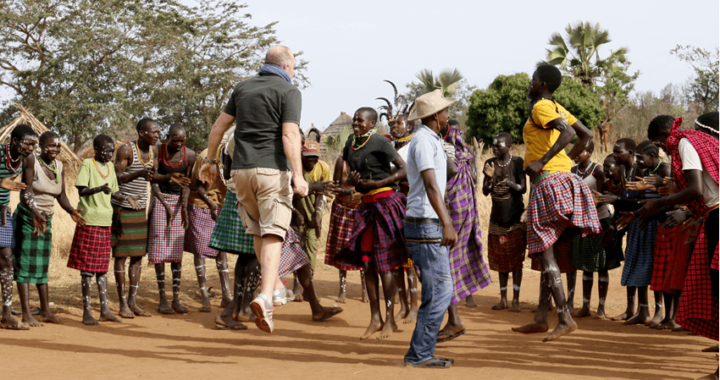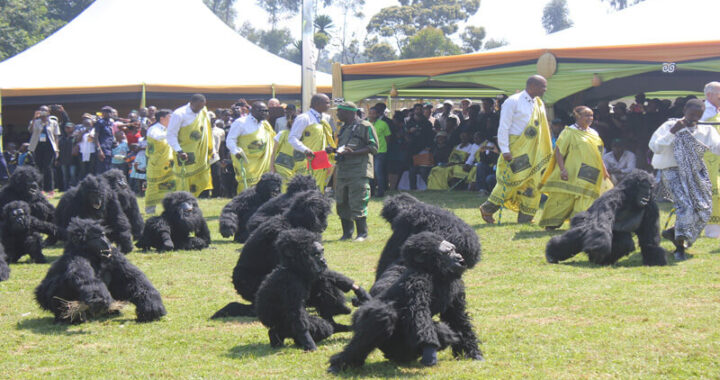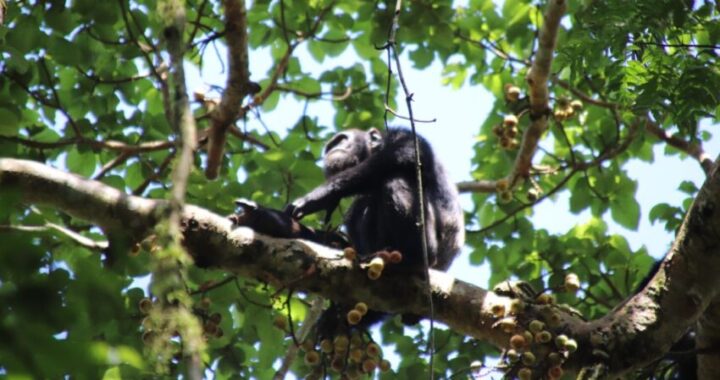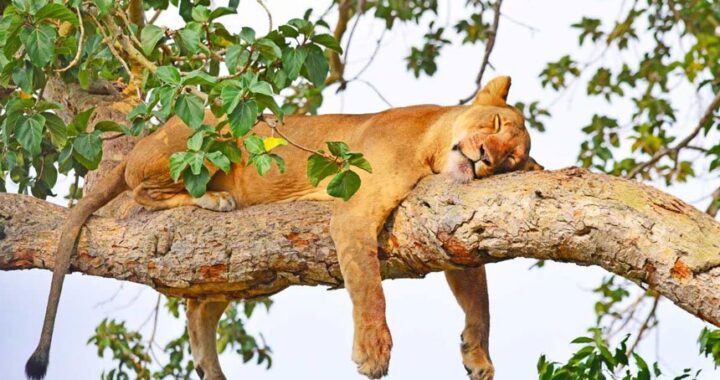The Karamoja plains tour is ideal for travellers intending to see the rural African villages as well as wildlife. Karamoja is a semi-arid region in northeast Uganda bordered by South Sudan to the north and Turkan county in northern Kenya to the east. The area is inhabited by several Nilotic speaking tribes including nomadic cattle warriors and bushmen.
They’re collectively known as the Karamojong, and are made up of three main 4 ethnicities—the Dodoso, Jie, and Karimojong, the latter of which subdivides into a number of sections, including the Bokora, Matheniko, and Pian. The Karamoja plains tour offers opportunities for cultural and adventure tourism. Visitors can enjoy mountain biking or motorcycling along ancient cattle routes, hiking dry volcanic mountains including Mt. Moroto and Mt. Morungole, and visiting artisanal gold mines, Karamoja arts and craft markets, and hot springs.You can also take a wildlife safari in Kidepo valley national park or Pian Upe wildlife reserve. They’re home to endangered species including cheetahs, striped hyena, black-backed jackals, ostrich, which you can’t find anywhere else in Uganda.
Tourism villages
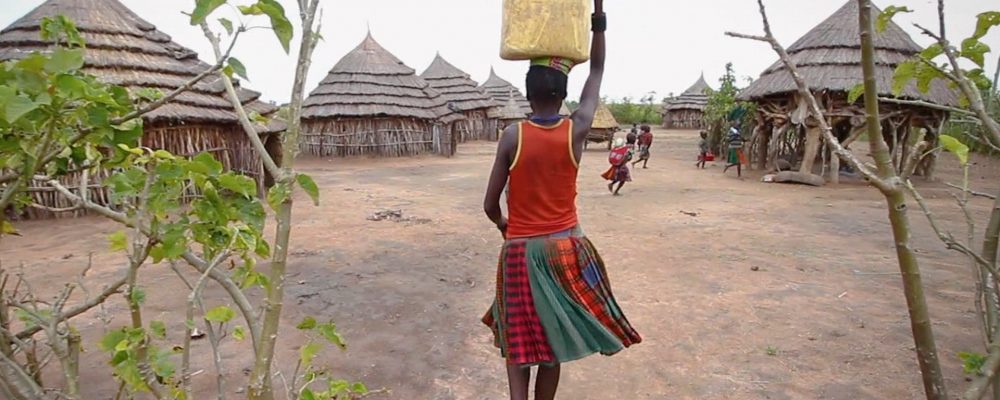
Unlike the rest of Uganda, the Karamojongs have maintained their ancient semi nomadic ways of life. Karamoja region is the best rural tourism destination in Uganda. The people living in Karamoja are mostly nilotic speaking and For centuries, the Karamojong nomads have been shepherding cattle, goats, and sheep across the semiarid savanna grasslands. You will see the glory of the original rural African settlements. The largest Karamojong village, Nakapelimori, is in the Kotido district. You can visit it on the way to Kidepo Valley National Park. The village is home to the Jie people, who are also found in South Sudan.
Hiking Mount Moroto
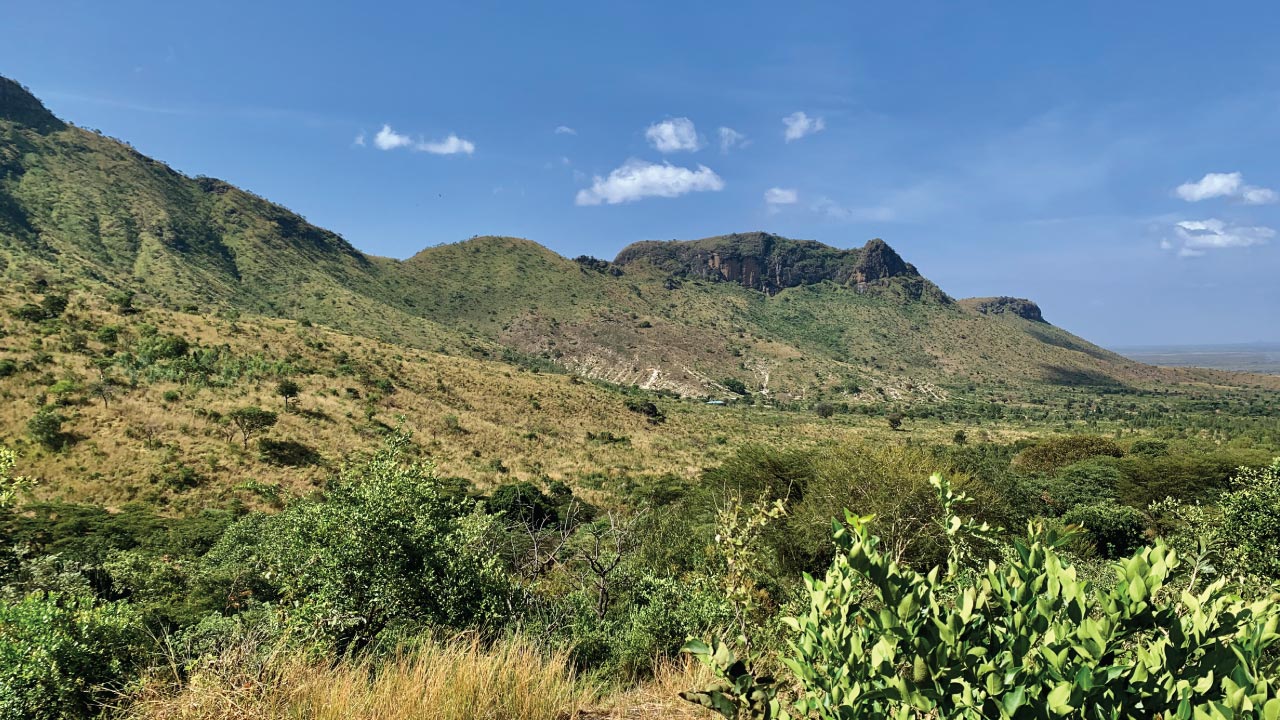
The highest mountain in Karamoja, Mount Moroto 3,083m (10,007 feet) looms above the semiarid plains and provides the best camping and hiking for beginners. It is found in Moroto district, which has the largest town in the region at the base of the volcano. The town is located 460 (8-hour drive) north east of Kampala capital city, 175 km (3-hour drive) north of Kapchorwa and Sipi falls on the northern slopes of Mount Elgon, and 240 (5-hour drive) south of Kidepo valley national park. Therefore, Moroto town serves as a central point upon which to explore the Karamoja plains. You can take roundtrips from there ranging from 1 to to 5 days depending on places selected.
Hiking Mount Moroto offers spectacular views of the Karamoja plateau and begins in the town. You can choose short- or multiple-day hikes for those intending to reach the two peaks including Sokodek and Imagit.
Historic nomad cattle trails
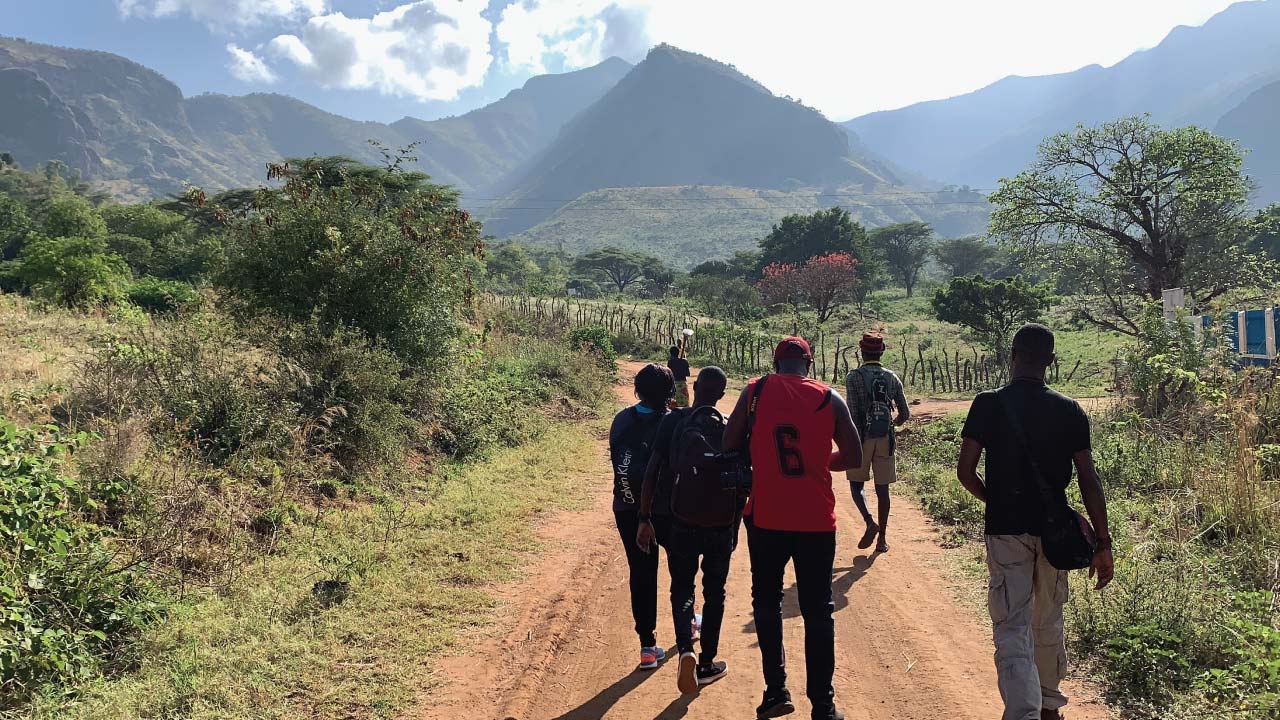
The Karamojong nomads have over the years established historic cattle routes. Not only in Uganda but also in the entire horn of Africa including Kenya, South Sudan, and Ethiopia. The biggest challenge they face is food insecurity and lack of green water and pastures due to the severe drought and climate change. Additionally, they are unable to move their livestock as they used to in the past given that some of their ancestral routes have been cutoff by protected areas, and development. In order to guarantee water availability, the government of Uganda has built valley dams and supports them to adapt to climate smart agriculture. However, the Karamojong are keen at preserving their traditions. Tourism has helped in creation of nomad warrior trails providing opportunities for biking through the Karamoja plains. Security has also been enhanced to curtail armed cattle rustlers providing a way for visitors to travel from Uganda to Turkana County in Kenya by bike, motorcycle, and car.
The Ateker peace caravan
Ateker caravan is one of the last traditional pilgrims among the Ateker peoples who are found both in Uganda, South Sudan, Kenya, Ethiopia. These include various tribes such as Nyagatoma, Jie, Karamojong, Teso, Lango, and Taposa. Their semi nomadic culture and way of life is interrelated and is being preserved through rural tourism. The Ateker trail was created and is held annually to foster unity and promote peace. Visitors are invited to take part in the trip. The first was organized by several travel partners including Kara Tunga Karamoja Arts and Tours. Destinations visited included Uganda and South Sudan. You can get updates on the upcoming editions just contact us.
Traditional homesteads
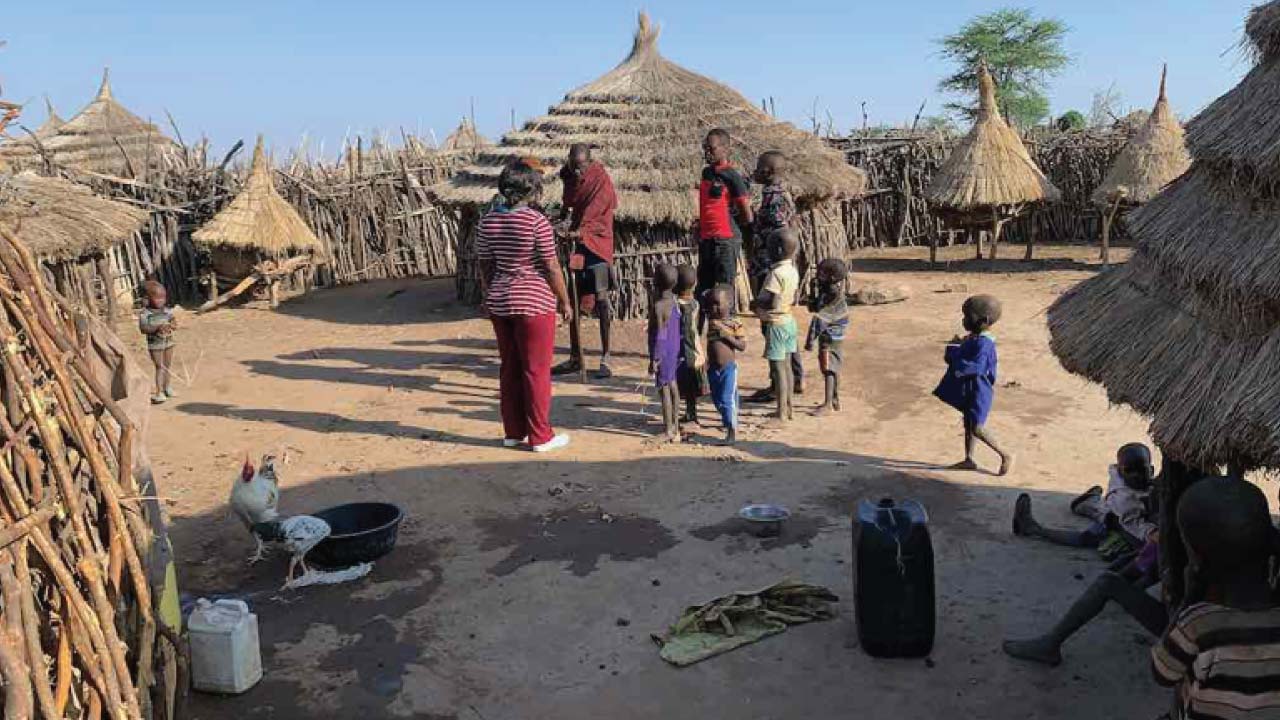
Karamojong is a term used to refer to the various semi-nomadic tribes including the Jie, Tepeth (Soo), IK, Taposa, Dodoso, Karimojong, Pian, Matheniko, Bokora among others. Some of them like the Soo and Ik (who live on the slopes of Moroto and Murongule mountain ranges) respectively were originally hunter gatherers but are now adopting agropastoralism, which demands exchange from livestock to crop cultivation, especially due to severe drought conditions.
While there’s a slow change in their occupations, their way of living has remained unchanged for centuries. They still live in protective homesteads locally known as Manyattas, which means Kraal in Kenya. Karamoja is one of the few places to experience real African village life. Surrounded by rock formations, the Karamojong Manyattas are some of the spectacular rural tourism villages in Sub Saharan Africa. Accommodations have been set up right there to allow visitors to spend a night with the warriors. These include eco camps on the slopes of Mount Morungole, Timu forest, and the Karamoja safari camp in Moroto town.
You can learn more about their way of life including how they prepare food, music and drama. You can also visit their cattle kraals to witness their traditions such as drinking raw cattle blood. Karamoja Arts and craft markets
Visits to the local markets in Moroto town can be done during the day where you can interact with residents who are full of life and enthusiasm. People from different ethnic backgrounds gather at a single market place and you expect to learn more about their culture. You can just get souvenirs or visit herbalists for their stunning metaphysics, and black and gold smiths. Some people bring their cattle and camels for sale, others bring food, and jewelry. You can also see how they make crafts such as pottery, carpentry, and sewing.
Spotting wildlife in Kidepo valley national park
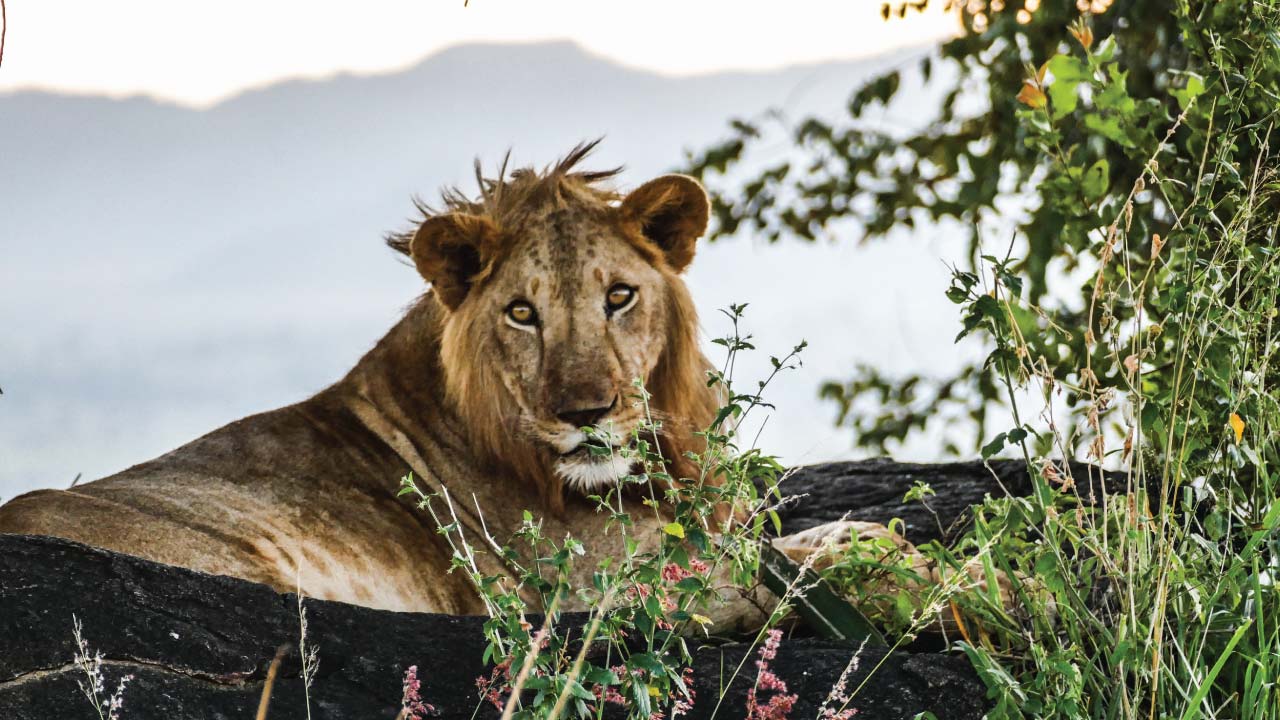
Another destination to visit on your Karamoja plains tour is Kidepo valley national park, the African true wilderness. The protected area is famous for harboring over 77 mammal species and over 450 birds. Kidepo is the only place in Uganda to spot cheetahs along with Aardwolf, and striped hyenas. In addition, the park is also home to large mammals which include lions, leopards, buffaloes, elephants, Uganda kobs, Jackson’s hartebeests, and plains zebras.
Pian Upe wildlife reserve
Another important destination to include on your Karamoja plains tour is Pian Upe wildlife reserve. The protected area covers 878 Sq.miles (2,275 sq.km) and includes Mount Kadam 10,049 ft (3,063m), the second tallest volcano in Karamoja. Visiting Pian Upe wildlife offers opportunities for wildlife viewing and hiking. In terms of animals, the reserve hosts rare antelope species including Grant’s gazelles, roan antelopes, common eland, waterbucks, Bohor and mountain reedbuck, Gunther’s dik-dik, klipspringer, impala, Uganda kobs, and oribi. Hiking Mount Kadam is an intermediate and 25 km round trip trek. The trails are more well-maintained than the camping facilities. Hikers are advised to bring their own or hire gears and stay at Terrace Eco Gardens in Nakapiripirit district.
Depending on the places you’re interested to visit, the Karamoja plains tour can be done from 3 or 5 to 14 days. Count on the tours available for booking through a tour operator.

